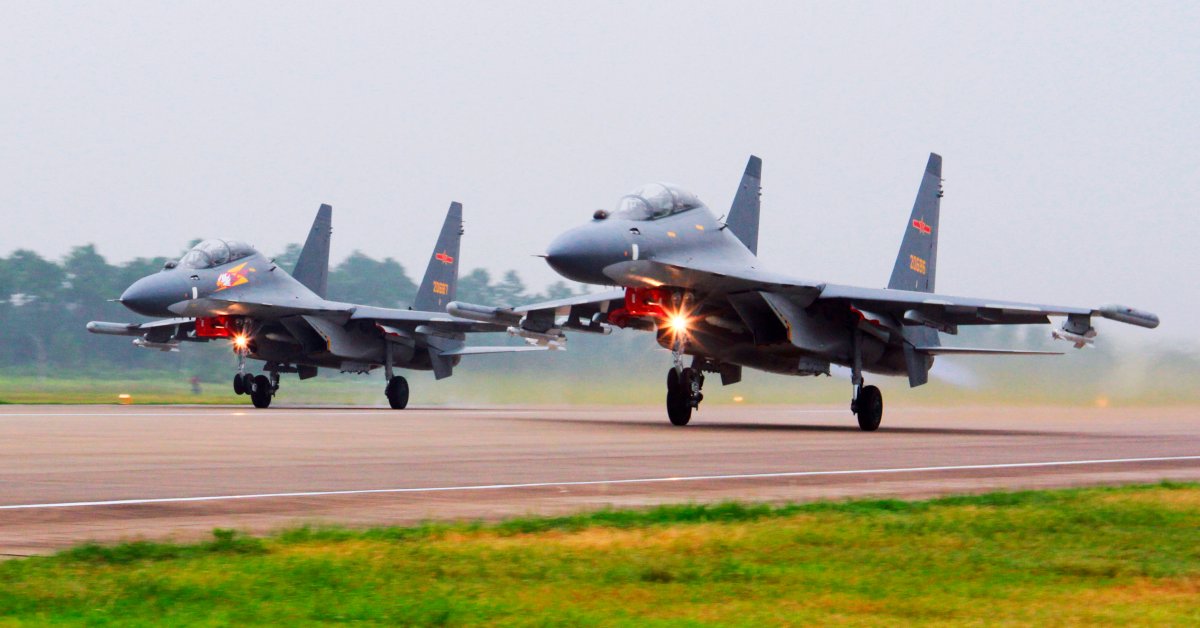The North Korea seems to have carried out a second test of a hypersonic missile . At around 7:25 am (Tokyo time) on January 11, Pyongyang launched what appeared to be a potential eastbound ballistic missile from inside North Korea.
The details of the launch, as reported by the Japanese Ministry of Defense , are currently being analyzed, but if it was a carrier in normal ballistic trajectory, it is estimated that flew less than 700 kilometers and fell into the sea just outside the Exclusive Economic Zone (EEZ) of Japan . According to the North Korean regime, and according to some experts, it would be a hypersonic carrier that carried out a new and more advanced flight test compared to the previous one – held last September 28: the speed would be double (about Mach 10) and the warhead it appears to be of the maneuverable type.
On the past occasion, North Korea would have tested its first missile of this type, named Hwasong-8 , launching it from Toyang-ri, in Ryongrim county of Jagang province. The missile had been defined as “strategic” by the regime, a term which in this case refers to the ability to mount nuclear weapons rather than to the range. The path of the carrier’s trajectory, in fact, had highlighted an apogee of 60 kilometers over a distance traveled of about 200 and demonstrated “flight characteristics different from the missiles previously tested from the North”.
According to some Seoul experts, the carrier could be something new, like a hypersonic missile, as it had followed a much flatter and lower trajectory than traditional ballistic missiles. The term hypersonic refers to any flying object, be it a ballistic missile, a cruise missile or an aircraft, capable of stably flying at speeds greater than Mach 5 (i.e. five times the speed of sound at high altitudes).
That first North Korean test was rather controversial, and concerns were raised about it also when Pyongyang showed, during an exhibition of its latest war creations , what appeared as a simulacrum of the missile.
Today’s one could be the second test of a carrier of this type within a week: last Wednesday the “planing hypersonic warhead” (or Hgv – Hypersonic Glide Vehicle ) broke away from its carrier and maneuvered 120 kilometers sideways before “hitting exactly” a target 700 kilometers (430 miles) away, the North Korean state media Kcna .
That first test, and this second, they could be a political signal from Pyongyang: South Korean analysts last month predicted that the regime could carry out a sensational action of some kind – in this case a launch of a long-range ballistic missile or even a atomic test – in the period from the beginning of the new year to the US mid-term elections to bring Washington’s attention back to the Korean Peninsula issue, which seems having been “shelved” by the new Biden administration, through the mechanism that we have defined “ missile diplomacy “.
However, we had explained that such an action would have been unlikely, as Korea Nord, which has imposed a self-imposed moratorium on launching long-range since November 2017 as a gesture of “goodwill”, given the current international situation, wants to prevent the United States from reacting with the deployment of – further – military assets in the Western Pacific area and above all in the area that goes from the Sea of Japan to the Yellow Sea, therefore in the “backyard” of China, which, at this moment, wants to remove the possibility that the attack groups of aircraft carriers and bombers US strategic companies are deployed “on a permanent basis” and in greater numbers in the area, since they are already too present from the point of view of Beijing.
The Japanese reaction to today’s test was firm: Prime Minister Fumio Kishida defined the repeated tests Northern missiles recently carried out “extremely deplorable”, adding that Japan will “strengthen monitoring” of Pyongyang’s military activities. Seoul also condemned the launch of the apparent hypersonic ballistic missile, which is thought to have been launched again from the northern province of Jagang on the border with China.
The Indo-Pacific Command of the US Armed Forces said they were aware of the launch and on the occasion underlined their “commitment to the defense of the Republic of Korea and the Japan”. This latest launch came when six countries, including the United States and Japan, urged North Korea to cease “destabilizing actions” in a joint statement to the United Nations.
Note: This article have been indexed to our site. We do not claim legitimacy, ownership or copyright of any of the content above. To see the article at original source Click Here












